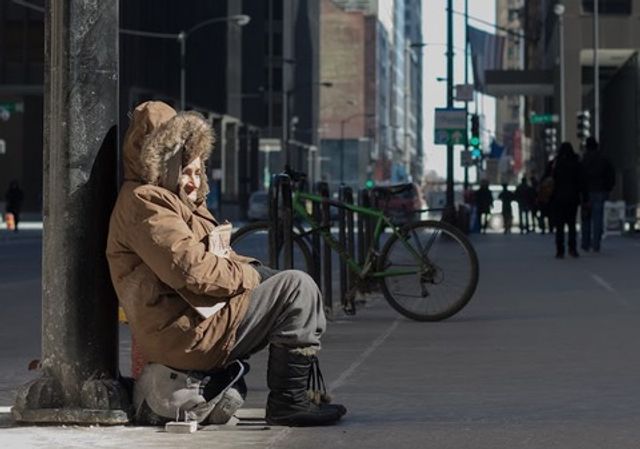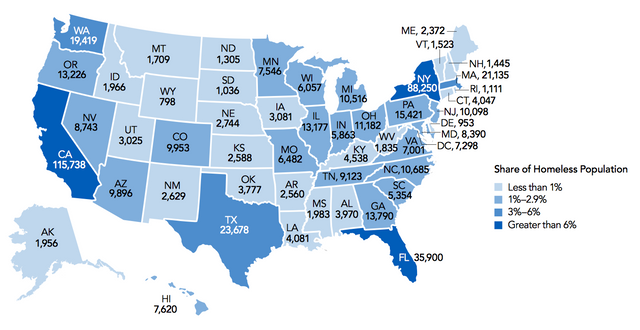Andre Damon
On Monday, US drug maker Pfizer Inc. announced its plans to buy rival Allergan Plc in the third-largest corporate merger in history.
The new company, which would keep the Pfizer name, would be the world’s largest drug maker. As a result of the deal, known as an “inversion” because the smaller Ireland-based Allergan would buy the larger US-based Pfizer, the new company would pay a tax rate of 17–18 percent, compared to the 25.5 percent Pfizer paid last year.
The merger brings the total valuation of global mergers and acquisitions announced so far this year to $4.2 trillion. Mergers activity in 2015 is set to surpass that of any other previous year, including the $4.38 trillion record set in 2007, just before the outbreak of the global financial crisis.
In announcing the merger with Allergan, Pfizer CEO Ian Read said that the deal would “create a leading global pharmaceutical company with the strength to research, discover and deliver more medicines and therapies to more people around the world.”
Reality is the exact opposite. Financial documents released as part of the merger make clear that the resulting company plans to carry out a massive cost-cutting campaign. The company expects to implement some $2 billion in cost savings, including $660,000 in research and development funding, with the remainder of the cuts likely to come from layoffs and other consolidations.
The fundamental purpose of the wave of mergers is to find new ways to funnel money into the pockets of financial investors who are demanding ever greater returns. It is one expression of the financial parasitism that pervades the global economy.
Earlier this month, Birinyi Associates reported that US companies spent $516.72 billion buying back their own shares in the first three quarters of this year, the highest level since 2007. That figure is equivalent to the gross domestic product of Argentina, a country with 45 million people.
Apple, the world’s largest company, has spent $30.22 billion on share buybacks so far this year. During the same period, the company spent only about $6 billion on research and development, and less than $12 billion paying its workers. This includes US retail employees, whose base pay is $13 per hour, and assembly workers in China making only $1.50 per hour.
Apple is far from the exception. The Wall Street Journal reported earlier this year that the largest US corporations have in recent years spent more money buying back their own shares than hiring people or building factories. The effect of the share buy-backs is to boost corporate stock prices, in the process inflating the pay of top executives, whose compensation has been increasingly tied to stock “performance.”
An unpublished Bank of America research note cited by Bloomberg noted, “For every job created in the US this decade, companies spent $296,000 buying back their stocks.”
After years of near-record profits, US corporations are sitting on a cash hoard of some $1.4 trillion. But far from using these funds to expand productive investment, global corporations are spending it on share buy-backs, mergers and acquisitions and executive pay raises.
The effect of this process is to further constrict real economic output. US manufacturing grew at the slowest pace in two years last month according to figures released Monday, while the latest monthly jobs report, praised by commentators as “stellar” and “off the charts,” showed that the US added exactly zero jobs in the manufacturing sector in October.
The orgy of financial speculation on Wall Street and in corporate boardrooms is one side of the vast upward redistribution of wealth in the aftermath of the 2008 financial crisis, which has been facilitated by the infusion of cash into the global financial system by the US Federal Reserve and other global central banks. Since the collapse of Lehman Brothers in 2008, the world’s central banks have undertaken some $12.4 trillion in asset purchases, and have cut interest rates on 606 separate occasions, according to the Bank of America research note cited above.
The vast accumulation of wealth by the financial elite is predicated on the continuous reduction of the share of social resources going to the working class. Workers’ incomes have stagnated for decades throughout North America and Europe, and in many countries they are significantly lower than they were before the financial crisis. In the United States, for instance, the income of a typical household fell by 12 percent between 2007 and 2013, according to the Federal Reserve’s survey of consumer finances.
As a result of these processes, the top one percent of the population has accumulated 95 percent of all income gains since 2009, while the wealth of the 400 richest individuals in the US has more than doubled. The growth of social inequality has likewise fueled a growth of opposition to the capitalist system and the domination of the financial elite over all aspects of society.
This does much to explain the hysterical response by the ruling classes of Europe and North America to the November 13 terror attacks in Paris, which were seized upon in France and Brussels to implement sweeping and far-reaching attacks on basic constitutional rights, allowing the police to arrest and seize the possessions of anyone, and to ban assemblies and demonstrations. In the United States, the Paris attacks have been used to renew calls for the criminalization of encrypted communications.
It is worth noting that, despite the supposedly earth-shattering and paradigm-changing attacks in Paris, which have led some of the world’s oldest “democracies” to abandon principles that they claim to have upheld for nearly two centuries, the global markets seem unfazed. In the 10 days since the Paris terror attacks, stock prices have risen in almost every country. The French CAC is up by 1.69 percent, the US Nasdaq is up by 3.5 percent and the German DAX is up by 3.59 percent.
“Finance capital strives for domination, not freedom,” noted the Russian revolutionary Lenin, quoting the socialist economist Rudolf Hilferding. As in the periods before the First and Second World Wars, the ruling classes increasingly see an open turn to police-state forms of rule as the surest means to ensure the protection and expansion of their wealth.





